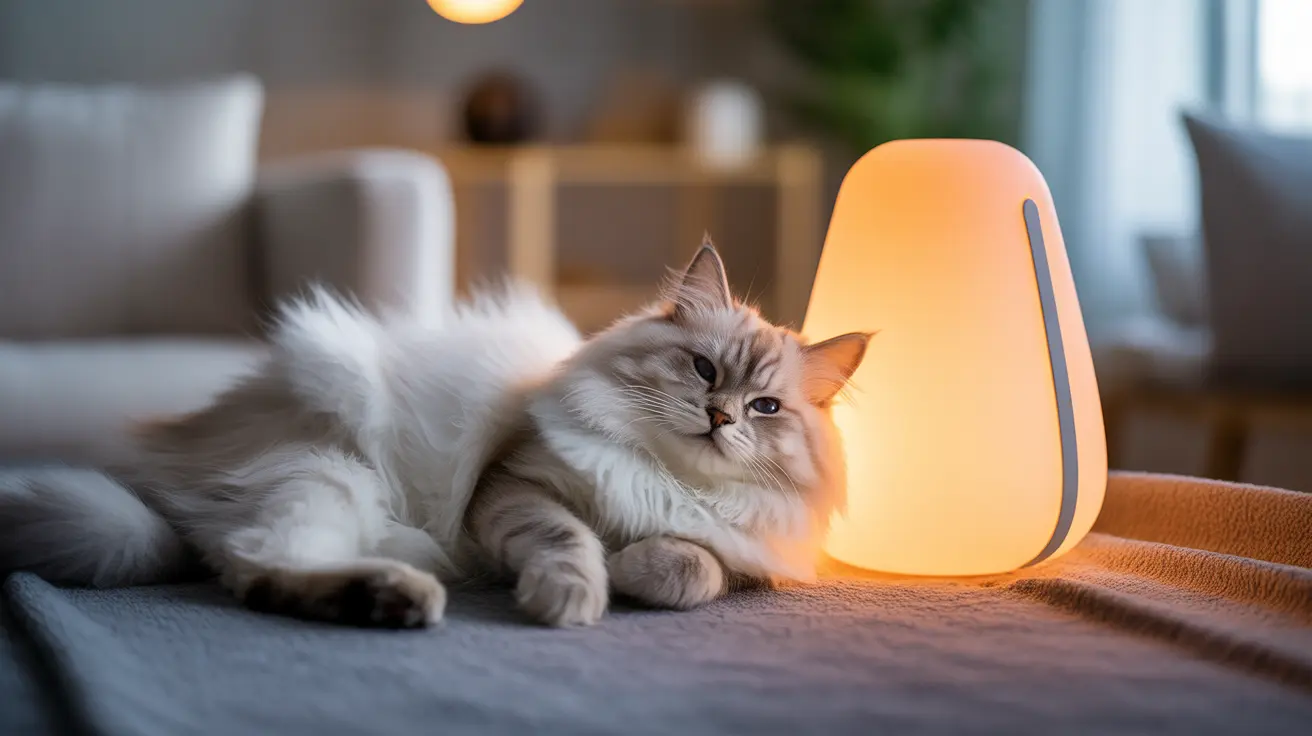When it comes to feline health, cat gallbladder issues can be complex and concerning for pet owners. These conditions, ranging from inflammation to infection, can significantly impact your cat's well-being and require prompt medical attention. Understanding the signs and available treatments is crucial for ensuring the best possible outcome for your feline companion.
In this comprehensive guide, we'll explore everything you need to know about gallbladder and bile duct diseases in cats, including their various forms, symptoms, and treatment options. Whether you're dealing with an acute condition or managing a chronic case, this information will help you make informed decisions about your cat's health care.
Types of Gallbladder Disease in Cats
Feline gallbladder disease primarily manifests in several distinct forms. The most common types include cholangitis (bile duct inflammation), cholecystitis (gallbladder inflammation), and cholangiohepatitis (combined inflammation of bile ducts and liver tissue). Each type presents unique challenges and requires specific treatment approaches.
Veterinarians typically classify these conditions into two main categories: suppurative (bacterial) and nonsuppurative (immune-mediated). Understanding these distinctions is crucial for proper treatment and management.
Common Symptoms and Warning Signs
Cats with gallbladder issues often display various symptoms that can range from subtle to severe. Key indicators include:
- Jaundice (yellowing of the skin, eyes, and gums)
- Loss of appetite or irregular eating patterns
- Vomiting and diarrhea
- Lethargy and depression
- Abdominal pain or discomfort
- Fever (particularly in bacterial infections)
Diagnosis and Medical Assessment
Veterinarians employ various diagnostic tools to identify and assess cat gallbladder issues. The process typically includes:
- Comprehensive blood work
- Ultrasound imaging
- Physical examination
- Liver function tests
- Bacterial cultures (when infection is suspected)
- Tissue biopsies in some cases
Treatment Approaches and Management
Treatment for cat gallbladder issues varies depending on the underlying cause and severity of the condition. Common therapeutic approaches include:
- Antibiotic therapy for bacterial infections
- Anti-inflammatory medications
- Fluid therapy and supportive care
- Dietary modifications
- Surgery in severe cases
- Regular monitoring and follow-up care
Prevention and Long-term Care
While not all gallbladder issues can be prevented, certain measures can help reduce risks and support ongoing health:
- Regular veterinary check-ups
- Maintaining a healthy diet
- Proper weight management
- Prompt attention to early symptoms
- Consistent medication administration when prescribed
Frequently Asked Questions
What are the common symptoms of gallbladder disease in cats?
Common symptoms include jaundice, decreased appetite, vomiting, lethargy, and abdominal pain. Some cats may also experience fever, particularly with bacterial infections.
How is gallbladder inflammation in cats typically diagnosed and treated?
Diagnosis involves blood tests, ultrasound imaging, and sometimes tissue samples. Treatment typically includes antibiotics, anti-inflammatory medications, and supportive care, with surgery in severe cases.
What are the main causes and risk factors for gallbladder issues in cats?
Primary causes include bacterial infections, immune system disorders, physical trauma, and concurrent conditions like inflammatory bowel disease or pancreatitis. Some breeds may have genetic predispositions.
How can I care for a cat with chronic gallbladder disease at home?
Home care involves following prescribed medication schedules, maintaining proper nutrition, monitoring symptoms, and attending regular veterinary check-ups. A quiet, stress-free environment is also beneficial.
What is the prognosis for cats with bile duct obstruction or gallbladder infections?
Prognosis varies depending on the underlying cause and timing of treatment. Early intervention typically leads to better outcomes, while chronic cases may require ongoing management but can still maintain good quality of life with proper care.
Understanding and addressing cat gallbladder issues promptly is essential for successful treatment and management. If you notice any concerning symptoms in your cat, don't hesitate to consult with your veterinarian for proper diagnosis and care.






